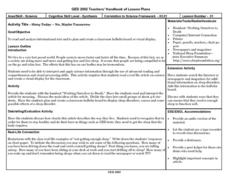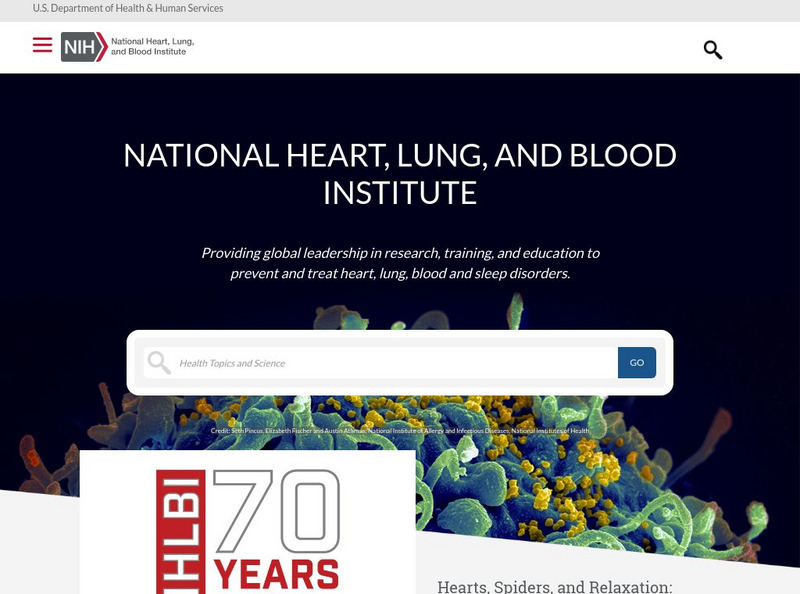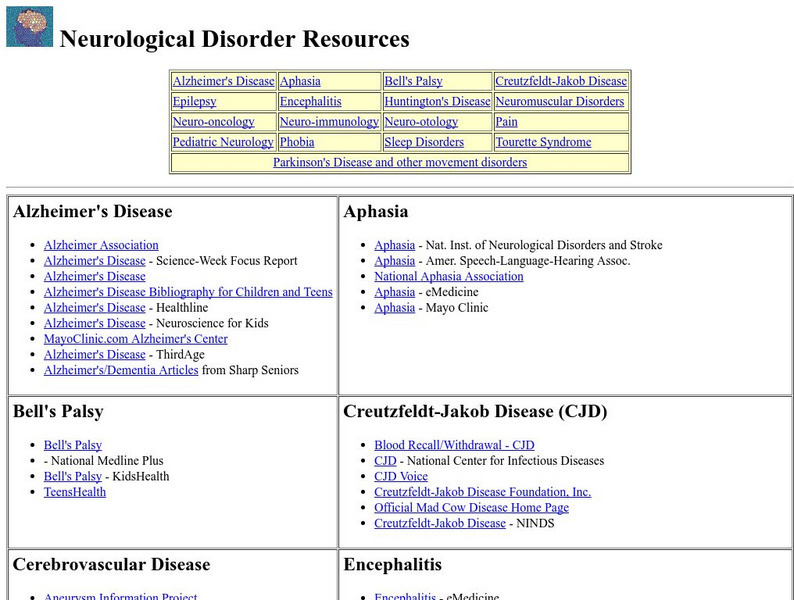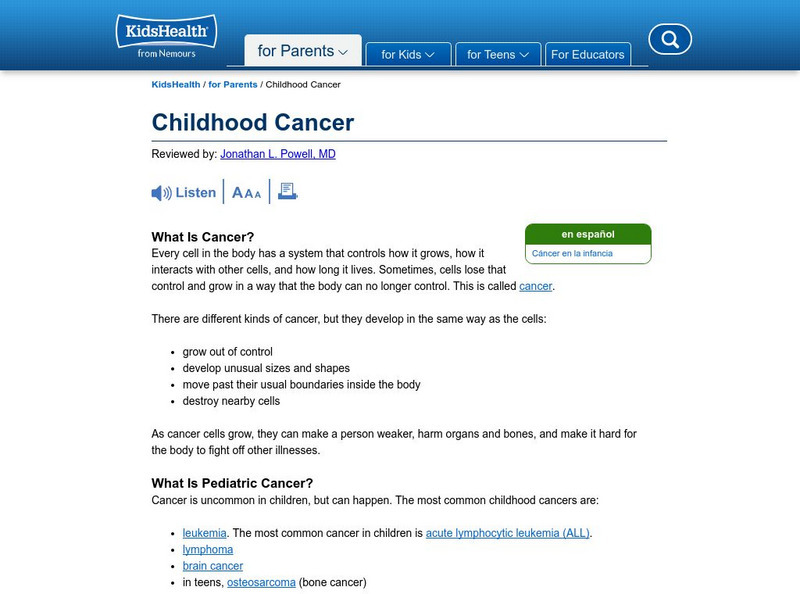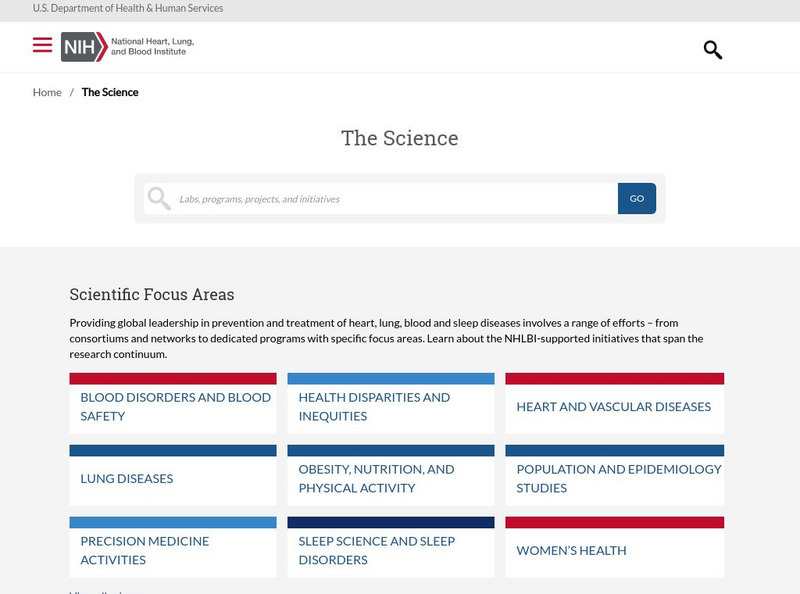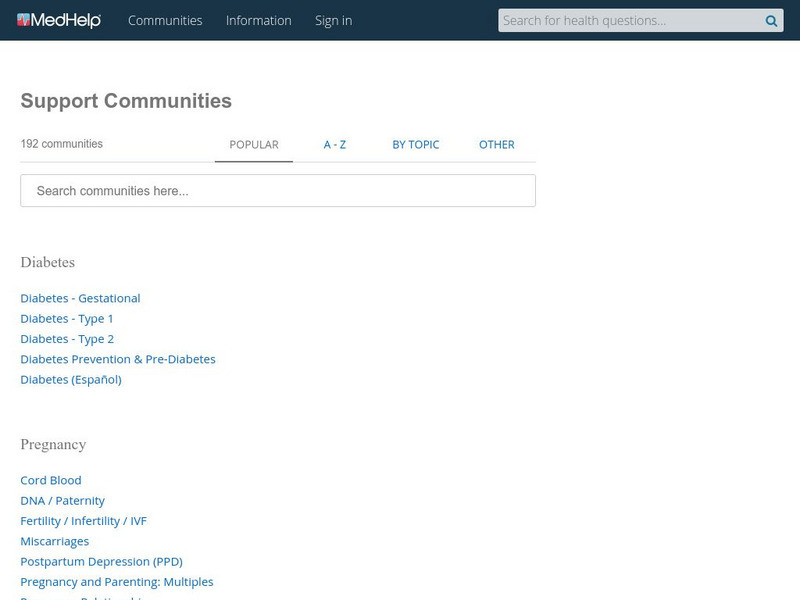Curated OER
Let's Sleep on It
Students research sleep following a class discussion on an article in The New York Times. Students use their research information to create a health and wellness exhibit that addresses topics related to sleep.
Curated OER
Sleep Today - No, Maybe Tomorrow
High schoolers read and interpret handout about sleeping habits and disorders, and plan and create classroom bulletin board that displays causes, disorders and effects of sleep deprivation.
Society for Science and the Public
Science News for Students: The Steady Creep of Less Sleep
Article reports on the decreasing amounts of sleep being had by teens and tweens and its effects. Includes a list of key vocabulary.
Other
American Academy of Sleep Medicine
American Academy of Sleep Medicine provides links to sites dedicated to the specific interests in sleep research and sleep medicine.
WebMD
Medicine Net: Definition of Sleepwalking
What would cause someone to walk and possibly talk while asleep? Authors provide a comprehensive article about the causes, risk factors, symptoms, and treatment of this sleep disorder.
National Institutes of Health
Nih: National Heart, Lung, and Blood Institute
View various resources on cardiovascular health. Included at this website, in addition to general resources on heart and lung health, are write-ups on various research studies and medical and technological advances.
Other
University of Maryland Medical Center: Sleep Disorders
Many of us go to bed, sleep, and wake up to a bright new day! However, after reading through the sleep disorders on this website, you will never take another restful night for granted. Authors list some startling statistics pertaining to...
University of Washington
University of Washington: Neurological Disorder Resources
Eighteen different categories of mental illness are a part of this resource. Each category of illness has multiple links allowing for a very thorough investigation of each disorder.
TED Talks
Ted: Ted Ed: What Would Happen if You Didn't Sleep?
In the United States, it's estimated that 30 percent of adults and 66 percent of adolescents are regularly sleep-deprived. This isn't just a minor inconvenience: staying awake can cause serious bodily harm. This video and guide shows...
TED Talks
Ted: Ted Ed: The Terrors of Sleep Paralysis
Ami Angelowicz describes just how pervasive (but harmless) sleep paralysis is and introduces a cast of characters from sleep paralysis around the world. [4:49]
Other
American Sleep Association: Sleep Walking
Page is devoted to an overview of sleepwalking including causes and possible prevention.
Curated OER
Kids Health: Childhood Cancer
This article gives information about childhood cancer and its most common cause, genetic mutation. Treatment information is also included.
Other
Sunnex: The History of Light Therapy
Contains a brief history of the use of light to treat Seasonal Affective Disorder. Includes information about case studies, time periods, and reliability.
Mayo Clinic
Mayo Clinic: Night Terrors
Mayo Clinic provides the definition, causes, risk factors, and symptoms of night terrors. The difference between night terrors and nightmares is also explained.
Akron Children's Hospital
Akron Children's Hospital: Kidshealth: Snoring
Do you snore? Find out why some people are such noisy sleepers in this article for kids.
National Institutes of Health
National Center on Sleep Disorders
This site coordinates government-supported sleep research, training, and education to improve the health of Americans.
Other
Wake Forest University Baptist Medical Center: Sleepwalking
It might be frightening to find a sleepwalker moving around in the house. Ambulation that occurs during sleep is called somnambulism. Here are some facts about this condition and possible treatment.
Khan Academy
Khan Academy: Observing Patients in a Sleep Clinic
Answer this five-question quiz pertaining to the passage "Observing Patients in a Sleep Clinic."
Other
Med Help: All Ask a Doctor Forums and Medical Communities
The Med Help Support Communities provides questions and answers about most medical conditions as well as allowing you to type in a question and get a reply from a doctor.
PBS
Pbs Teachers: Scientific American: Life's Little Questions: Can You Beat Jet Lag
Explore the human body's need for a normal cycle of dark and light and apply this to an understanding of biological clocks in other animals. Test the effect of light on the development of mealworm larvae into adults.



